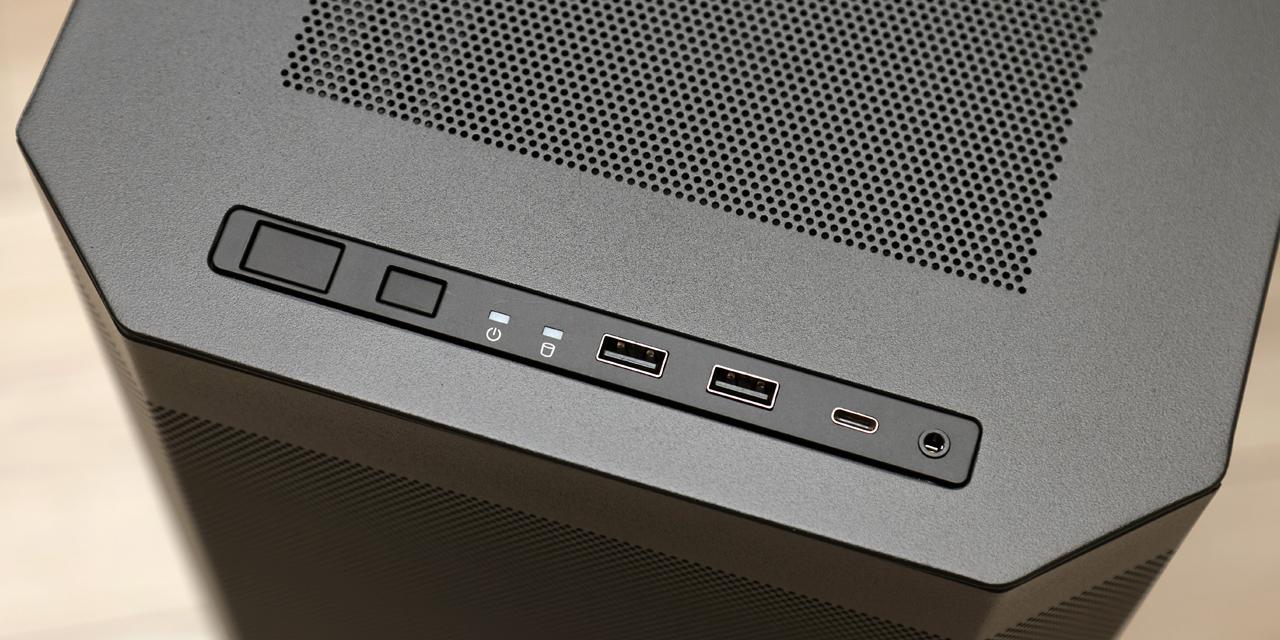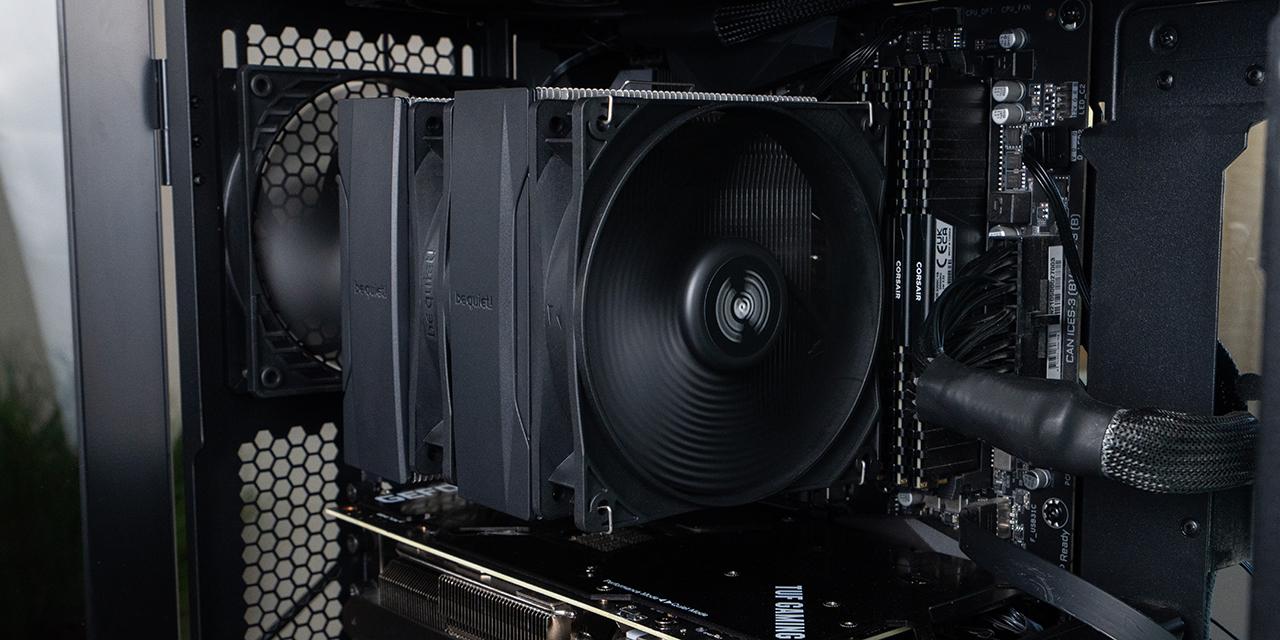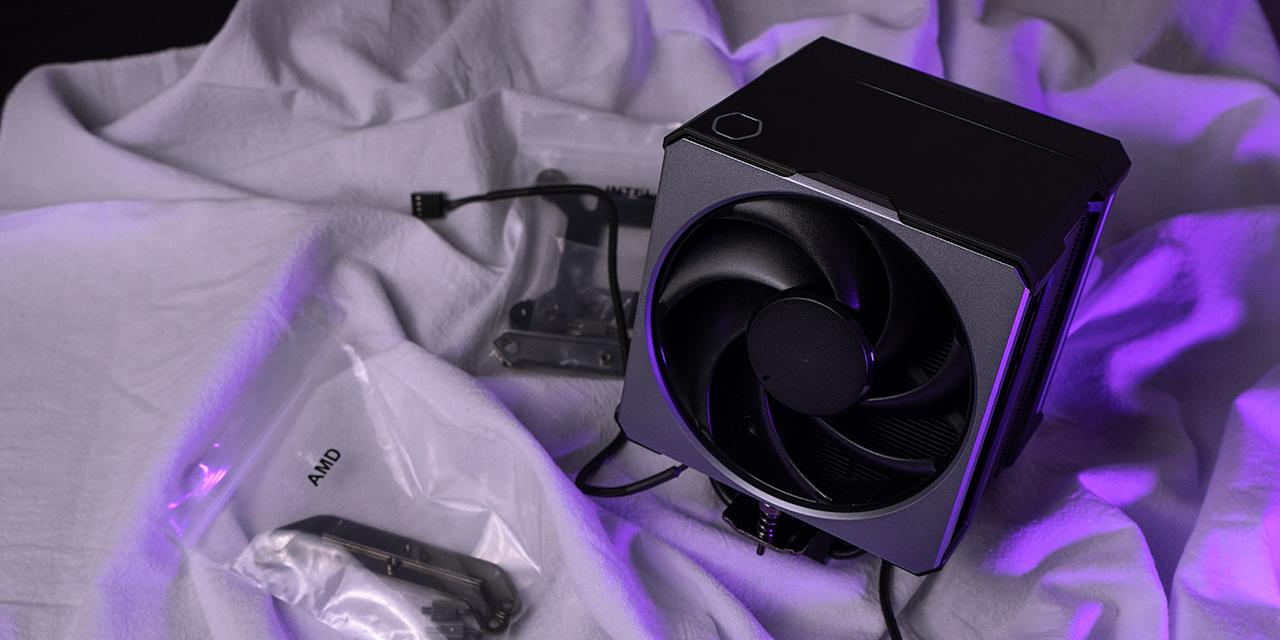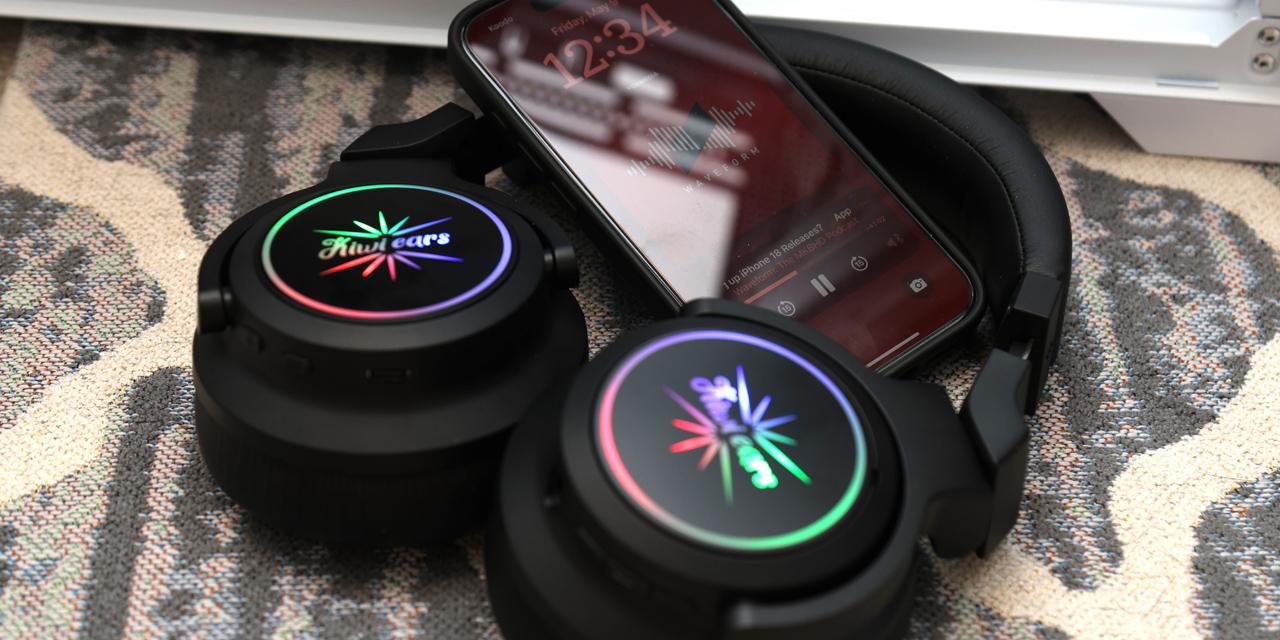Page 3 - Subjective Audio Analysis

For all audio products we review at APH Networks, it takes quite a bit of experience and training of the ears before we can assess with fair judgement. Even for many audiophiles, it can be hard to produce an exact or accurate evaluation of a product without a familiar product to use as a reference. While I am not the greatest expert in this field of technology, I have worked with Editor-in-Chief Jonathan Kwan extensively to accurately evaluate many audio devices. There are no true objective measurements for audio sound quality, but as a reviewer, I will put the Turtle Beach Stealth 700 Gen 2 MAX through a series of subjective tests to try and come up with the most objective rating as I can. The audio tests were conducted on my PC by connecting the USB dongle to the back of my motherboard via USB mode.
After over 50 hours of break-in time – far beyond the typical required period – we put the Turtle Beach Stealth 700 Gen 2 MAX to the tests. All tracks are uncompressed or high bitrate audio files. Equalizer settings were set to flat or “signature sound” for testing purposes. For gaming, I played VALORANT and osu!. First-person shooter games are probably the most important type of game for testing these headphones with, as the gameplay can heavily rely on hearing to gain information. I find that playing rhythm games like osu! can also be very important to test latency, which is especially important for wireless headsets.
Let us start with the Turtle Beach Stealth 700 Gen 2 MAX’s lower frequencies. In this section, I found the headset had a slight bass boost. The sound produced was a nice solid and round bass without feeling too boomy. The output was decently smooth. The lowest frequencies were a bit less clear. Instruments like the bass guitar, which operate in the middle bass range, were much clearer in comparison to these deeper frequencies. In games like first-person shooters, low frequency sounds would correlate to things like footsteps. Footsteps were very easy to listen for with the Stealth 700 Gen 2 MAX and even easier with Superhuman Hearing enabled.
Moving on to the midrange, I really enjoyed this section despite being slightly less emphasized compared to the two other regions. The entire section felt mostly clear and natural. Instruments and voices in this region were nice, but slightly recessed as we moved to the higher end of the midrange. Voices were reproduced clearly, sounding quite natural. Although the midrange is not that important for strict gaming, it is still useful for hearing what your teammates are saying or abilities. It is more important to be able to isolate the sounds from this region instead of having higher quality noise, but the Stealth 700 Gen 2 MAX did well in both regards.
Continuing with the treble, I found the sound to be noticeably boosted. To reduce the shrill sound of instruments like violins, the upper end was rounded off. Despite this, the sound was clear. In games, the treble would be recognized as glass breaking or guns reloading. Overall, the sound signature of the Turtle Beach Stealth 700 Gen 2 MAX is that of a very wide V with a rounded off ends on both sides of the spectrum. This headset knows its purpose in gaming with the characteristics it offers. There are some areas in the deeper bass region that do feel a bit muffled, but all in all this headset had a good sound.
In terms of soundstaging, the Turtle Beach Stealth 700 Gen 2 MAX performed decently in this category in both gaming and music. It offered a good enough amount of depth and width, with it being able to easily distinguish directional elements of the game. The larger drivers of the Stealth 700 Gen 2 did help in this regard, but it was still limited physically by its closed-back design. Overall, I would have still liked a bit more width overall, as sounds still felt tight in music, especially as the tracks become more complicated.
When it came to layering, I found the Turtle Beach Stealth 700 Gen 2 to be able to provide detail and precision in gaming situations where there are limitations to the amount of sounds you hear. However, in music, some details started to get lost in the mix as the tracks got more complicated. Frequency ranges were separate for the most part, but the midrange felt particularly isolated. Overall, the sound was clean and a very good for gaming. Due to its closed-back nature, the Turtle Beach Stealth 700 Gen 2 MAX does not leak as much sound as an open-back would, and the synthetic leather aided in not letting sound out. I personally prefer the fabric pads for comfort and think it is a worthy trade-off, but some buyer’s opinions may differ from mine.
This was the audio test for the Turtle Beach Stealth 700 Gen 2 MAX. This recording was made using Audacity while the wireless transmitter is plugged into the back of my motherboard via USB type-A. From this, you can hear how easily the microphone picked up my voice and a bit of background noise. There was a slight robotic quality to the sound, maybe due to the fuzz and muffle that was slightly audible. There was also a bit of a nasally sound which made me sound less natural. For in-game communications, this microphone is good enough, but I would recommend something else if you wanted to use this for professional recordings, streaming, or if you want to sound more human-like.
When it comes to the wireless capabilities of the Turtle Beach Stealth 700 Gen 2 MAX, I was impressed. This headset is advertised for a minimum of 40 hours of battery life. In my testing, I thought the battery life would exceed this label much like its predecessor, the Stealth 700 Gen 2, which it did, lasting a full 46 hours and 47 minutes. This is also improved on the previous headset, which is great to see. Recharging the headset only takes approximately 2.5 hours, but you will not need to charge this headset very often. As for the wireless range, it was satisfactory as I would walk upstairs and hear some disruption or choppiness. The wireless experience with the Stealth 700 Gen 2 MAX was within my realm of expectation and had adequate performance.
Page Index
1. Introduction, Packaging, Specifications
2. Physical Look - Hardware and Software
3. Subjective Audio Analysis
4. Conclusion





